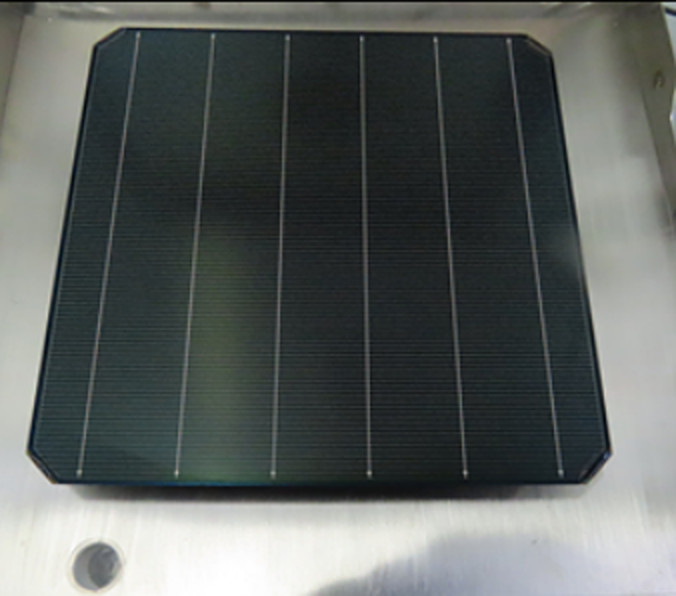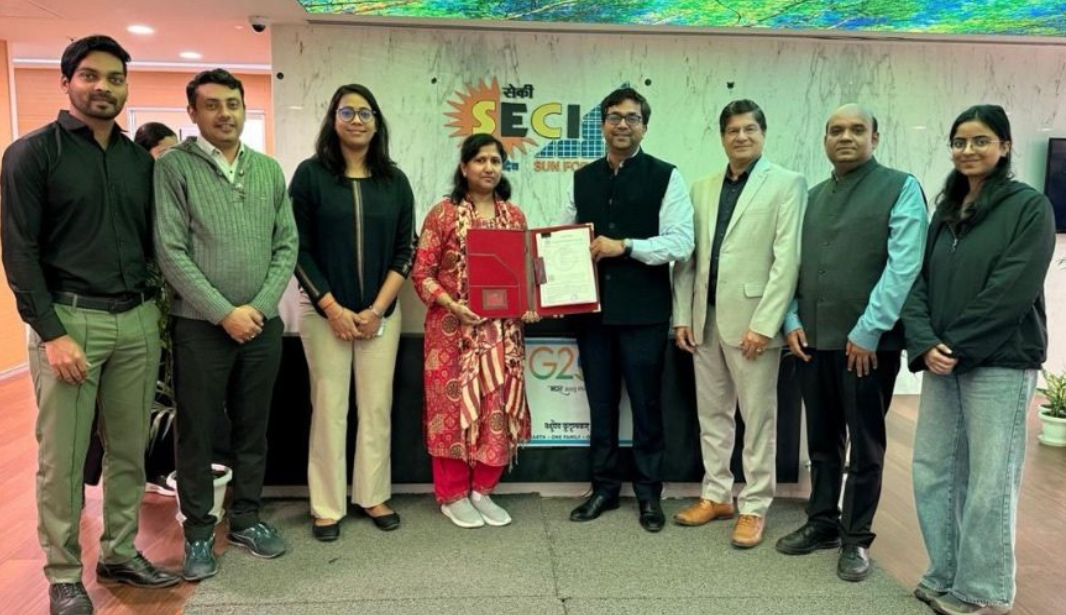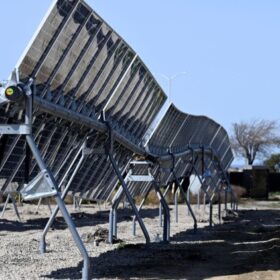Chinese PV module manufacturer Longi announced it achieved a power conversion efficiency of 33.35% for a 1 cm2 flexible perovskite-silicon tandem solar cell.
The result was certified by the US Department of Energy’s National Renewable Energy Laboratory (NREL).
“The cell was fabricated on a 60-μm-thick silicon wafer and can be folded in half with a bending radius of up to 15 mm,” a spokesperson from the company told pv magazine. “It weighs only 4.38 g.”
The top tandem device was created using a dual-buffer layer strategy, which Longi says improves interfacial adhesion while maintaining efficient charge extraction. Interfacial adhesion is particularly critical in flexible tandem devices, which endure greater mechanical stress from bending compared to rigid cells.
To address this, the team applied a first tin oxide (SnOx) buffer layer to protect the perovskite and transport layers during the transparent conducting oxide sputtering process, performed via atomic layer deposition (ALD). A second SnOx layer was then deposited through chemical vapor deposition (CVD) to enhance charge extraction and reduce resistive losses at the interface with the buckminsterfullerene (C60) layer, which is prone to delamination under environmental stress.
The resulting top cell features a SnOx bilayer contact structure, the C60 layer, a transparent back contact made of indium zinc oxide (IZO), a silver (Ag) metal contact, a perovskite absorber, a lithium fluoride (LiF) layer, and a self-assembled monolayer hole transport layer composed of ethylenediammonium diiodide (EDAI).
Longi did not disclose whether the bottom silicon cell uses a heterojunction (HJT) or TOPCon design.
Tested under standard illumination conditions, the 1 cm2 tandem cell achieved an efficiency of 33.35%, an open-circuit voltage of 1.996 V, a short-circuit current density of 19.77 mA/cm2, and a fill factor of 84.5%.
With the same cell design, the company’s scientists also built a 260 cm2 cell based on M6 wafers with an efficiency of 29.8%, with this result being verified by Germany’s Fraunhofer ISE CalLab.
“The modified tandem solar cells demonstrate good durability, retaining over 97% of their initial power conversion efficiencies after 43000 bending cycles under a maximum curvature radius of around 40 mm in air, and around 97% after thermal cycling testing for 250 cycles,” the manufacturer stated.
The cell design was described in “Flexible perovskite/silicon tandem solar cell with a dual buffer layer,” published in nature.
This content is protected by copyright and may not be reused. If you want to cooperate with us and would like to reuse some of our content, please contact: editors@pv-magazine.com.









By submitting this form you agree to pv magazine using your data for the purposes of publishing your comment.
Your personal data will only be disclosed or otherwise transmitted to third parties for the purposes of spam filtering or if this is necessary for technical maintenance of the website. Any other transfer to third parties will not take place unless this is justified on the basis of applicable data protection regulations or if pv magazine is legally obliged to do so.
You may revoke this consent at any time with effect for the future, in which case your personal data will be deleted immediately. Otherwise, your data will be deleted if pv magazine has processed your request or the purpose of data storage is fulfilled.
Further information on data privacy can be found in our Data Protection Policy.